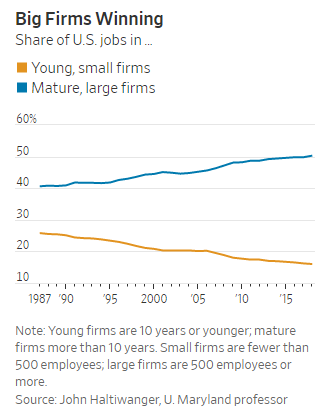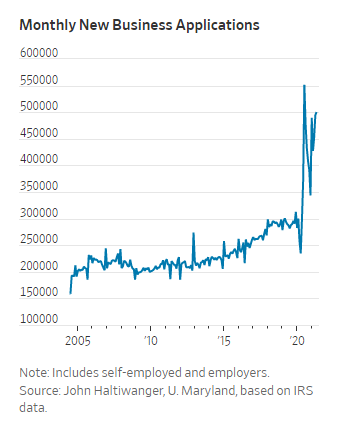(p. B4) I’m angry about start-up founders who over-promise, behave badly and sometimes crater their companies and walk away unscathed.
. . .
I’ve been thinking about this recently because of the glare on two start-up founders, Adam Neumann and Trevor Milton.
. . .
A new book details the ways that WeWork mostly just rented cubicles, burned through piles of other people’s money, treated employees like garbage and made Neumann stinking rich as the company nearly collapsed in 2019. WeWork has stuck around in less outlandish form without Neumann.
And last week, federal authorities charged Milton with duping investors in his electric truck start-up Nikola into believing that the company’s battery- and hydrogen-powered vehicle technology was far more capable than it really was. Among the allegations are that Milton ordered the doctoring of a promotional video to make a Nikola prototype truck appear to be fully functional when it was not.
. . .
Disproportionate rewards go to the entrepreneurs and companies that can sell a vision of billions of users and values in the trillions of dollars.
. . .
Those conditions tempt people to skirt the edges of what’s right and legal. But I also wonder if curtailing the excesses would also curb the ambition that we want. Sometimes the zeal to imagine ridiculously grand visions of the future brings us Theranos. And sometimes it brings us Google. Are these two sides of the same coin?
For the full commentary, see:
(Note: ellipses added.)
(Note: the online version of the commentary was updated August 4, 2021, and has the title “Innovation Invites Hucksters.”)
The book on WeWork mentioned in the above commentary is:
Brown, Eliot, and Maureen Farrell. The Cult of We: WeWork, Adam Neumann, and the Great Startup Delusion. New York: Crown, 2021.



